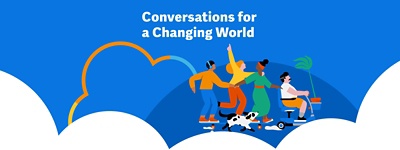Intelligent listening can enable firms to zero in on moments that really matter in the employee journey, increase engagement, and build people-first strategies. This can, in turn, have a positive impact on revenue, customer satisfaction, organisational performance, and employee retention.
Closing the Employee Experience Loop
One of the key drivers of an organisation's success is holistic employee experience. To get the full picture of the employee experience, employers not only need data on employee demographic aspects such as individual skills and abilities, knowledge and competence, performance, and development, but also require insights on the “why,” or the emotional or perceptual aspects, such as personal beliefs, experience, engagement, and motivations.
“Workday Peakon Employee Voice combines the what and the why: the two halves that make a whole. It is designed to empower front-line leaders to drive meaningful change so engagement and experience is everyone’s responsibility, not only the HR and people functions,” said Orozco.
Orozco explained how the Workday Peakon Employee Voice methodology works and highlighted the role it plays in connecting employee experience to outcomes.
“The methodology takes into consideration health and wellbeing, diversity and inclusion, and employee engagement using different indexes and heat maps to identify areas of strength and opportunity to enhance employee experience. Machine learning then shows the pattern in employee behaviour trends, while the heat maps show the drivers and sub-drivers of what is affecting various scores, as well as the link between experience and outcomes; for example, how do these factors impact attrition.”
“Our platform provides a framework for organisations to embed employee listening so they can encourage a culture of continuous feedback, but also continuous action,” added Orozco.
The active engagement tools in Workday Peakon Employee Voice deliver an intelligent listening experience, enabling organisations to focus on the moments that really matter.
Interested in learning more? Watch the full session here.










